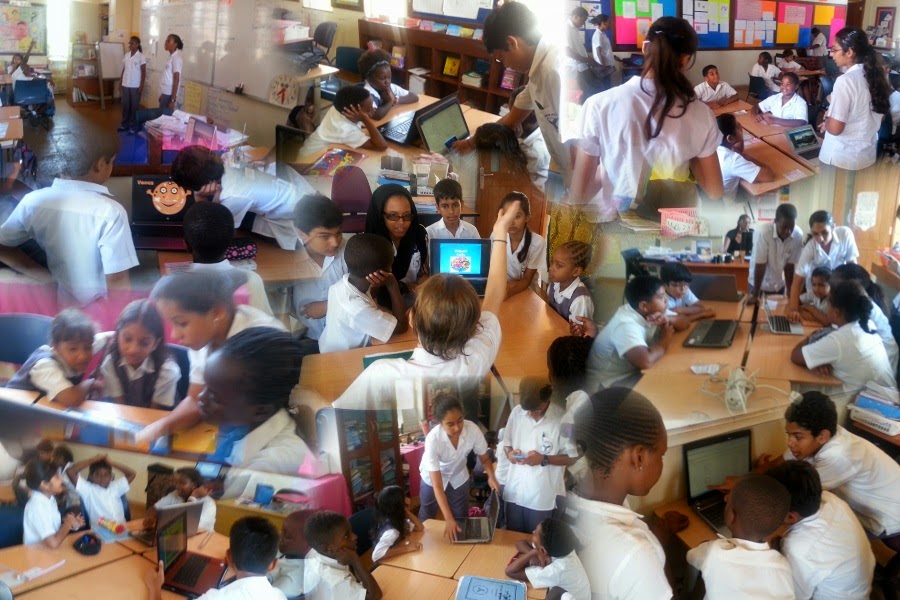INFORMATION TECHNOLOGY
Creating Models: Spreadsheets
1. Give the cell reference of the cell:
a) below G5
b) to the right of A4
2. If the range of cells from A4 to A8 is A4:A8 give the range for:
a) the five cells to the right of G7,
b) the four cells below G7,
c) the four cells to the left of G7.
3. Use the SUM function to give:
a) the total of the five cells below G6,
b) total profits for the year if January’s profits are in C5, February’s in C6, and so on.
4. In a spreadsheet, cell B5 contains the cost of an item excluding VAT and cell C5 contains the amount of VAT to be paid. Cell D5 contains a formula for the total including VAT. Is it:
a) =C5+D5
b) =B5+C5
c) =B5+100*C5
d) =B5*C5
5. What else can you put in a spreadsheet besides text and numbers?
6. What type of operation can you do on a spreadsheet which you cannot do on a database?
7. Name three different operations which you would expect to be able to carry out on text in a spreadsheet cell.
8. Name three different types of number format you would expect in a spreadsheet cell.
9. What is the difference between an absolute cell reference and a relative reference?
10. If a spreadsheet is used to produce a model of a situation:
a) where are the variables of the model?
b) how are the rules which govern the behaviour of the model written?
